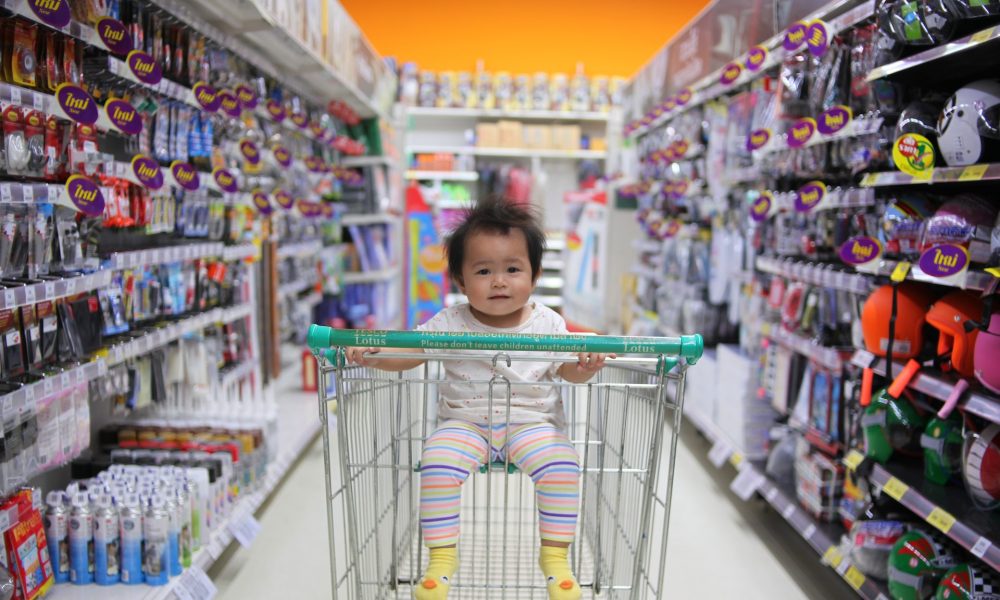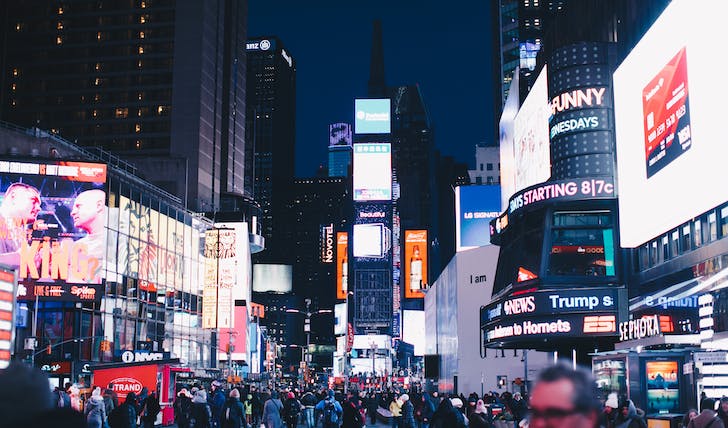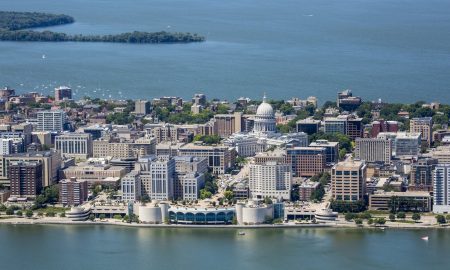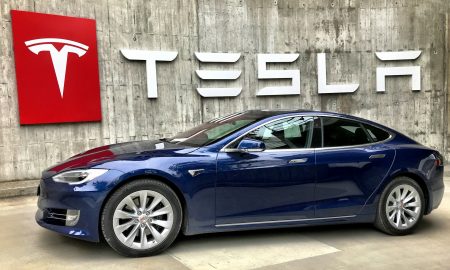
The Future of Fashion: Factors Shaping the Fashion Business

The fashion industry, a vibrant and ever-evolving sector, is standing at the threshold of a new era. As we approach a new year, several key factors are poised to redefine the landscape of this glittering world.
Today, we will dive into the trends and changes that experts predict will shape the fashion industry in the coming year.
Generative AI’s Creative Crossroads
In the coming years, the fashion industry is expected to hit a creative crossroads with the advent of generative AI (Gen AI). This cutting-edge technology is not just a buzzword–it is a game changer. A whopping 73% of fashion executives believe that Gen AI will be a priority for their companies next year. However, there is a catch: Only 5% feel they have the capabilities to fully leverage it.

Borko / Pexels / More than ever before, fashion brands will integrate Generative AI into their stores.
This gap signifies a massive opportunity for brands to explore how AI can augment human creativity. Imagine AI algorithms designing intricate patterns or suggesting unique color palettes, all while working in tandem with human designers. The potential is immense, but it requires a strategic blend of technological adoption and creative prowess.
Fast Fashion’s Power Plays
The fast-fashion sector, known for its quick production and turnaround, is gearing up for intense competition in the coming year. Success in this arena will hinge on two critical factors: Adapting to customer tastes and navigating new sustainability-related regulations.
Brands will need to be more agile than ever, quickly responding to consumer preferences while balancing the increasing demands for sustainable practices. This delicate dance will test the resilience and adaptability of fast-fashion giants and could lead to innovative business models and production strategies.

Andrea / Pexels / ‘Brand mania’ will be the new normal in the future, industry experts suggest.
All Eyes on Brand
Branding is set to take center stage next year, with 71% of fashion executives planning to ramp up their brand marketing spend. This shift indicates a growing recognition of the power of a strong brand identity in an increasingly crowded market.
The emphasis will be on storytelling, authenticity, and creating a connection with consumers. Brands that can effectively communicate their values and ethos while resonating with their target audience will likely emerge as frontrunners.
Sustainability: The Inescapable Imperative
Sustainability is no longer a choice; it is an imperative. An overwhelming 87% of fashion executives expect sustainability regulations to impact their businesses significantly next year. This forecast suggests a seismic shift in how the industry operates.
Companies will need to rethink their business models, sourcing practices, and even their product lines to comply with the regulatory changes. The focus will be on reducing environmental impact, which could spur innovation in materials, production processes, and even the lifecycle of fashion products.

Jimmy / Pexels / According to experts, fashion brands will make a strategic partnership with manufacturers.
Supply Chain: The Need for Strategic Partnerships
The supply chain, often the backbone of the fashion industry, is anticipated to face demand volatility over the next five years. This uncertainty underscores the importance of strong, strategic partnerships with manufacturers.
Brands will need to bolster their relationships with suppliers to mitigate supply chain volatility. This approach may involve more collaborative planning, shared risk management, and a move towards more transparent and ethical supply practices.
So, such partnerships could be key in ensuring a steady flow of products, even in turbulent times.
More in Business
-
`
The EU Foresees 40% Women in Executive Positions By 2026
In a world where gender parity in leadership roles remains elusive, the European Union (EU) has taken a bold step to...
November 14, 2023 -
`
Everyday Objects That Shaped the World We Live In
Everyday objects surround us, often blending into the background of our daily lives. However, some creative minds have transformed these mundane...
November 9, 2023 -
`
Elon Musk and Bill Gates’ Long-Standing Feud
Elon Musk and Bill Gates, two tech giants who have amassed astronomical fortunes and pledged to use their wealth for the...
November 5, 2023 -
`
Where to Live in the U.S. on a $100K Salary
Earning a salary of $100,000? First of all, a virtual high-five to you! That is an impressive milestone. The next big...
October 26, 2023 -
`
How Weather Conditions Sabotage Small Businesses That Rely on Tourism
You have heard about storms, hurricanes, droughts, and flooding. But have you ever paused to consider how extreme weather conditions could...
October 21, 2023 -
`
Airplane Mode: What Is It and How It Works
In an age where our lives are inextricably intertwined with technology, few features on our devices have become as essential and...
October 12, 2023 -
`
How Does Brad Pitt Spend His Fortune?
Brad Pitt, the Hollywood heartthrob, has long been a household name for his acting prowess and good looks. With a career...
October 8, 2023 -
`
Will the History of Inflation Surge Repeat Itself?
After a tumultuous few years amid the pandemic, many people are beginning to wonder about inflation. With prices on the rise...
September 28, 2023 -
`
Why Celebrities Are Making a Splash in the Liquor Industry
The world of spirits and liquor is experiencing a shift in trends as celebrities are making their foray into the market...
September 21, 2023















You must be logged in to post a comment Login